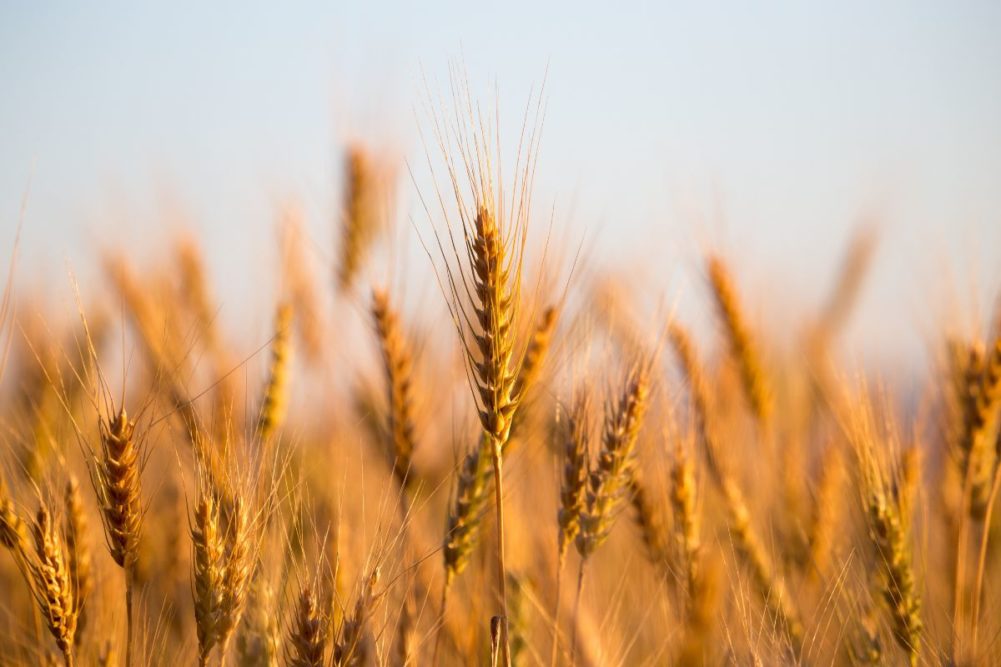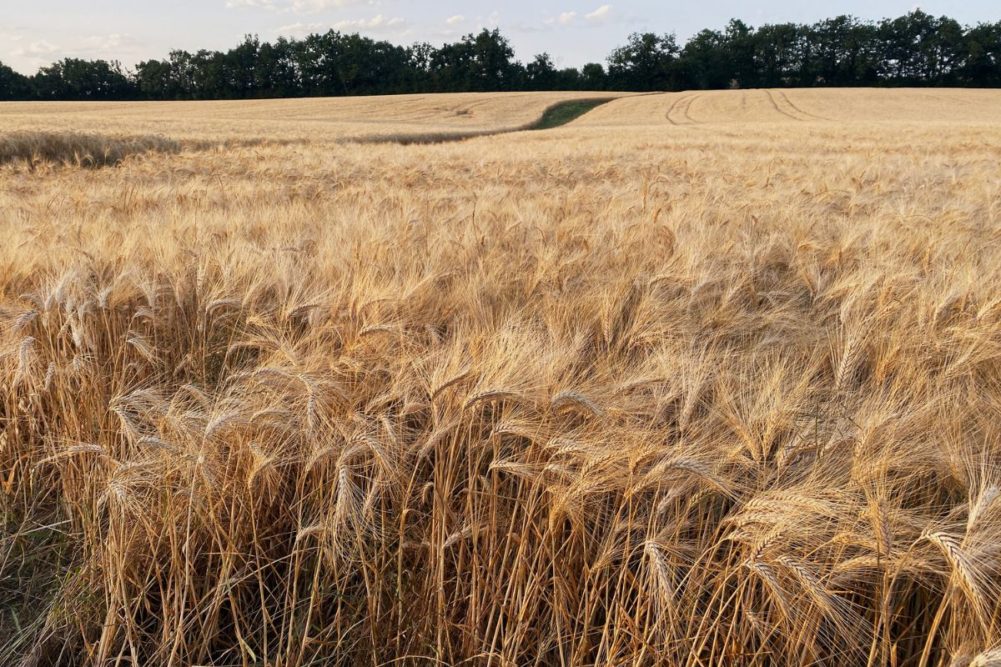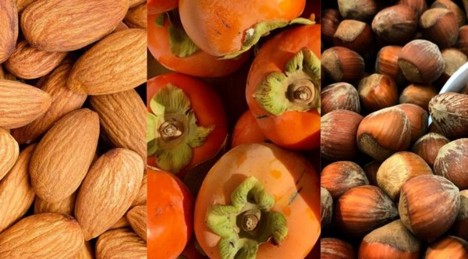US winter wheat estimate surprises analysts

WASHINGTON, DC, US — A trove of data released Jan. 12 by the US Department of Agriculture (USDA) added a measure of focus to the 2023 wheat market outlook.
Surprising to analysts was the USDA’s estimate of the size of the winter wheat crop planted last fall for harvest in 2023 as well as the Department’s estimation of Dec. 1 wheat stocks.
In its annual Winter Wheat and Canola Seedings report, the USDA estimated the area planted to winter wheat for harvest this year at 36.95 million acres, up 11% from 2022 and the highest since 39.681 million acres in 2015. That figure was above the average of analysts’ pre-report estimates, 34.485 million acres, and above the full range of guesses from 33.38 million to 36.2 million acres.
The USDA estimated hard winter wheat plantings in Kansas for harvest this year at 7. 5 million acres, up 200,000 acres from both 2022 and 2021. The Department estimated the area planted to soft red winter wheat for harvest this year at 7.9 million acres, up 20% from 2022, with the largest acreage increases expected in Illinois (up 45% to 940,000 acres) and Missouri (up 37% at 860,000 acres). The USDA’s soft red winter wheat acreage estimate was above the range of analysts’ pre-report expectations, which was 6.5 million to 7.5 million acres.
Meanwhile, the USDA in its World Agricultural Supply and Demand Estimates (WASDE) report lowered its forecast for the carryover of wheat on June 1, 2023, to 567 million bushels, down 4 million bushels from the December projection and down 131 million bushels, or 19%, from 698 million bushels in 2022. Accounting for the change was a 29 million-bushel increase in 2022-23 beginning stocks offset by a 3-million bushel increase in seed use and a 30-million bushel increase in feed and residual use.
The increase in the beginning stocks estimate came as a surprise but was offset by a lower-than-expected Dec. 1 stocks estimate in the USDA’s quarterly Grain Stocks report, said Bill Lapp of Advanced Economic Solutions. The USDA pegged Dec. 1, 2022, wheat stocks in all positions at 1.28 billion bushels, down 7% from a year earlier and below the range of trade expectations.
“What that means is there is a bigger feed use,” Lapp said. “The number as reported initially in the June-July-August quarter was very low, and this totally reversed it, from 50 million bushels to 80 million bushels, and when the March 1 stocks comes out, that could be even higher, perhaps to 100 million bushels.
“Higher beginning stocks were offset by more feed use, and then the market waits for something dramatic to happen on the export side, but we just haven’t sold a lot of wheat, and exports for the US farmer haven’t corresponded with what’s happening in Ukraine. Last year was poor at 800 million bushels, and this year is lagging that by more than 5%. The only thing unwritten about old crop is if something happens in exports.
Last May, when the price of nearby wheat futures were over $13 a bushel, there was a lot of anticipation of the market having to come to the US for several million tonnes, and that has not materialized at all. We’ve got some blemishes in the world situation, such as Argentina’s crop concerns and Ukraine still slow in shipping grain, but Russia has increased its shipping, whether produced on Russian or Ukrainian land. The big whopper was Australia, which looks to be north of 40 million tonnes, though the USDA’s still at 36 million.”
The USDA forecast 2022-23 world wheat ending stocks at 268.39 million tonnes, up 1.06 million tonnes from its December projection. Global supplies were raised 1.27 million tonnes, to 1.058.1 billion tonnes, on production increases in Ukraine and the European Union.
Wheat futures trended higher in the days following the USDA’s “data dump” on Jan. 12. Analysts generally saw that as shrugging off the increased acreage due to the decreased stocks figures, and the persistent dryness in the US Great Plains.
“We had a pretty healthy drop in wheat prices coming into the report, so to snap back from that on lower stocks should not surprise us,” Lapp said. “If you spun your head real fast and looked at a chart from Dec. 1, you’d say $8.50 a bushel for May wheat and you’re above it and below it, but $8.50 is the benchmark. We absorbed the stocks information and now we have to go into what the world market’s doing to monitor whether the southern Plains are getting any precipitation.”
Rain for the Plains is undoubtedly a huge component of the 2023 winter wheat outlook. The USDA’s appraisal of the Jan. 10 US Drought Monitor found 59% of winter wheat areas were in drought. That was down 10 percentage points from the department’s look at the Dec. 27 Drought Monitor. But a comparison of the two documents showed most of the improved areas were in soft red winter wheat country in the Central states along the Ohio River and parts of northwestern Ohio, a heavy production area. In the Plains region, Kansas, Oklahoma and Nebraska remained almost entirely in drought conditions, as did most of the winter wheat growing areas of eastern Colorado, Texas and South Dakota.
Forecasts the week of Jan. 15-21 called for rain in the central Plains, but less so in the dry southern Plains.
“This wave missed a lot of that area, but it’s winter and there’s not typically a lot of precipitation that falls in that region, so to me, anything that falls now is bonus precipitation,” Lapp said. “We’re very dry and it really depends on what happens late February through April to determine what kind of hard red winter wheat yield we have.”
The Jan. 12 reports gave the markets plenty to chew on for some time, but the industry already was looking ahead to the next fundamental landmarks. The first supply-demand estimates for the 2023-24 crop year come in late February during the USDA’s Agricultural Outlook Forum. An updated appraisal of stocks comes in late March — “which usually doesn’t impact wheat, but this year may be an anomaly,” Lapp said — and the March 31 Prospective Plantings report updating winter wheat and adding spring wheat, durum, corn, soybeans and other crops.
“Then it’s game on, go time once again,” he said.

French soft wheat exports outside EU on rise

US winter wheat estimate surprises analysts

